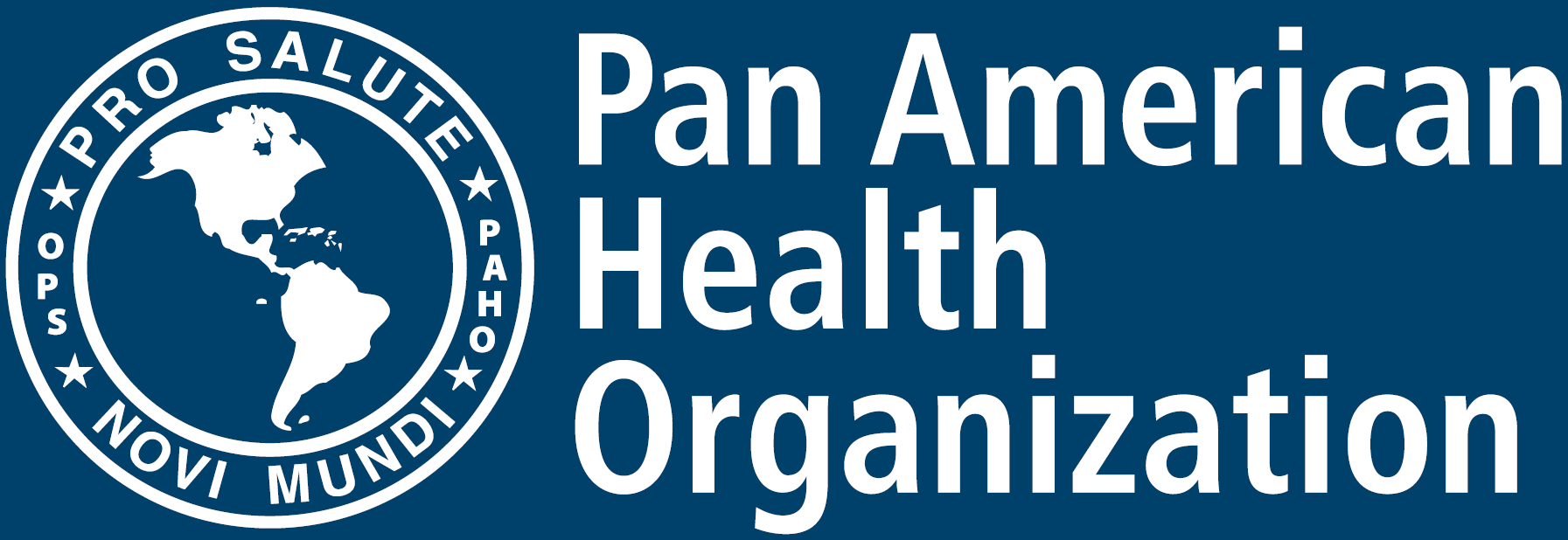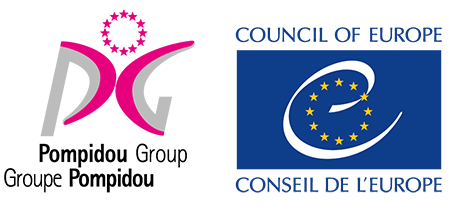The Stop Overdose Safely (S-O-S) initiative—developed in compliance with WHO guidelines on Community management of opioid overdose—aims to prevent opioid overdose deaths by promoting access to naloxone and the training of potential first responders in overdose management. It aims to prevent opioid overdose deaths in line with the recommendations of the WHO guidelines on Community Management of Opioid Overdose (WHO, 2014). The goal is to contribute towards reducing deaths due to preventable opioid overdoses.
The S-O-S initiative supports people likely to witness an overdose in the community, with a focus on people who use drugs, their peers, as well as family members with THN programs including training, provision of naloxone, and linking with treatment services. Moreover, it encourages broad partnerships between national governments, municipalities, regional organizations, research institutes, civil society, interested funding agencies, and other entities to work towards the 90-90-90 targets. The targets are 90 percent of the relevant target population will have received training in overdose risk emergency management; 90 percent of those trained will be given a supply of emergency naloxone; and 90 percent of those who have been given a naloxone supply will be carrying the naloxone on them or have it close at hand.
Within the framework of the UNODC/WHO S-O-S initiative, a “S-O-S Multisite project on community management of opioid overdose including the use of naloxone” was designed to demonstrate the feasibility and public health impact of the implementation of an opioid overdose intervention in low- and middle-income countries, specifically in Kazakhstan, Kyrgyzstan, Tajikistan and Ukraine. The study showed that the implementation of a WHO–UNODC S-O-S training project resulted in the successful use of take-home naloxone at around 90% of witnessed opioid overdoses in low- to middle income countries and many lives saved.
UNODC and WHO stand ready to expand the initiative to other countries affected by opioid use disorders and opioid overdose related mortality, availing ready-to-use resources, including Training Manual, Take-Home-Naloxone-Kit specification, framework for planning, implementation, monitoring and evaluation from the initial phase of SOS implementation
The SOS initiative implementation in the years 2019/2020 resulted in the rapid distribution of take-home naloxone. 14,263 potential opioid overdose witnesses were trained within the eight-month implementation phase. The cohort study found that 90% of project participants reported using naloxone at witnessed overdoses across countries, in line with UNODC/WHO targets. In almost all instances, it was recorded that the victim survived. Extrapolation of the naloxone use figures from the cohort study to the entire S-O-S project sample of 14,263 would suggest that the implementation may have resulted in naloxone administration by as many as 4,388 individuals, and many lives saved as a result.
SOS study results suggest that implementing the initiative in low- and middle-income countries is feasible and can lead to naloxone use at witnessed overdoses and thus to many lives saved. There are ready-to-use resources, including Training Manual, Take-Home-Naloxone-Kit specification, framework for planning, implementation, monitoring and evaluation.
Assessment Phase:
- Governmental support
- Key-stakeholders’ meetings
- Identification of national counterparts
- Project implementation plan development
Preparatory Phase:
- Situational analysis/ site visits
- Adaptation/finalization of the implementation plan
- Adaptation of training manual and naloxone kit to country context
- Trainings of national partners
Implementation Phase:
- Training and dissemination of naloxone
- Coordination of data collection
Evaluation Phase:
- Data analysis
- Development of national and international reports
- Dissemination of results
- Assuring sustainability and scale up
- Saving lives and reducing the number of deaths due to opioid overdose through the implementation of effective interventions supported by two key UN agencies with expertise and mandates on drug use disorder treatment and care.
- Improving evidence base on overdose management with data from more countries, advocacy for better overdose prevention and management, SOS materials for additional settings and regions, improved data collection on overdose preparedness and response. Sharing of expertise and development of a network for mutual support and exchange among all current and future S-O-S countries.
- Improved national capacity to respond to opioid use disorders and overdose and saving lives due to opioid overdose
- Contribution to strengthening prevention and treatment of opioid dependence
- Engagement of people with lived experience
- Kazakhstan, Kyrgyzstan, Tajikistan and Ukraine participated previously and there is interest in scale up beyond the initial demonstration sites
- Additional and continued interest from many countries in all regions
Anja Busse, Programme Officer, Prevention, Treatment and Rehabilitation Section (PTRS), Drug, Laboratory and Scientific Services Branch (DLSSB), United Nations Office on Drugs and Crime (UNODC) anja [dot] busse [at] un [dot] org (anja[dot]busse[at]un[dot]org)
Dzmitry Krupchanka, Medical Officer, Alcohol, Drugs and Addictive Behaviours Unit, Department of Mental Health and Substance Use, World Health Organization (WHO), krupchankad [at] who [dot] int (krupchankad[at]who[dot]int)




